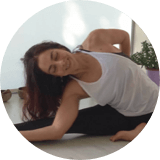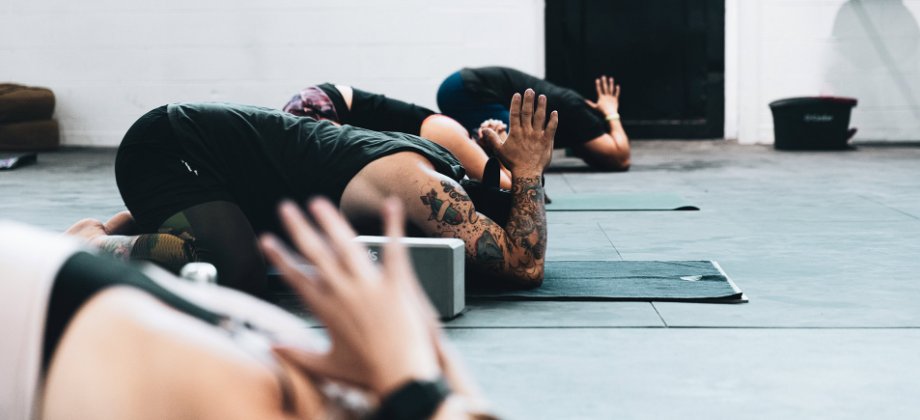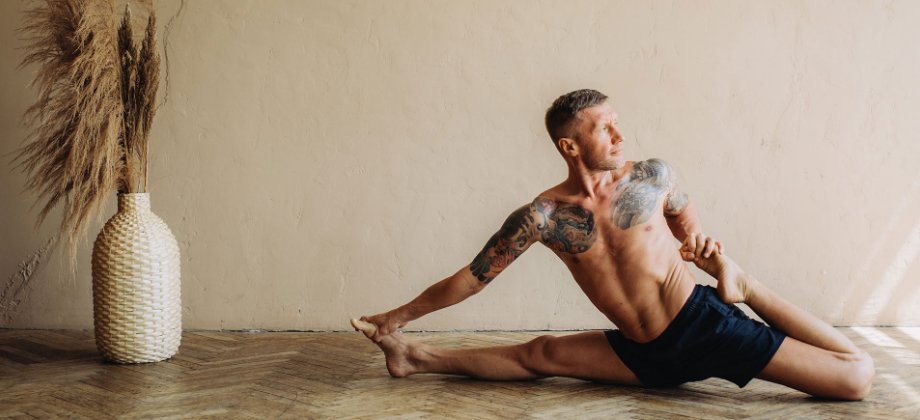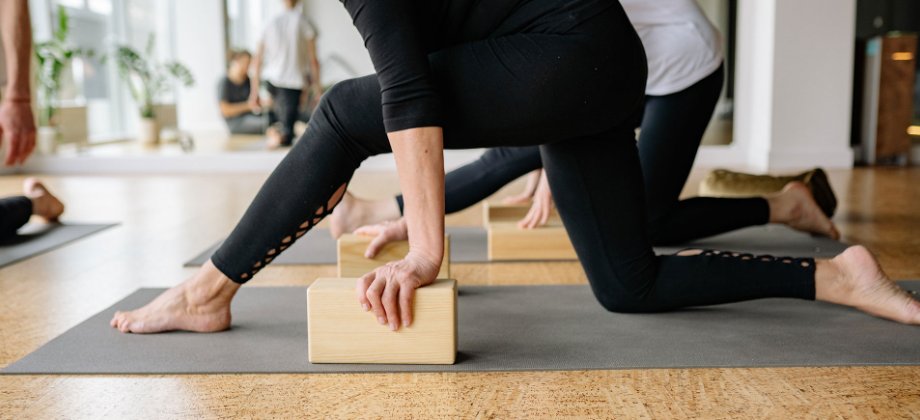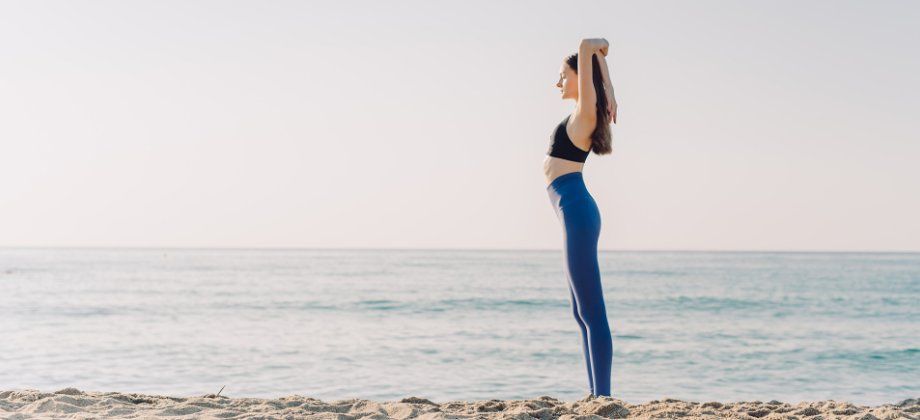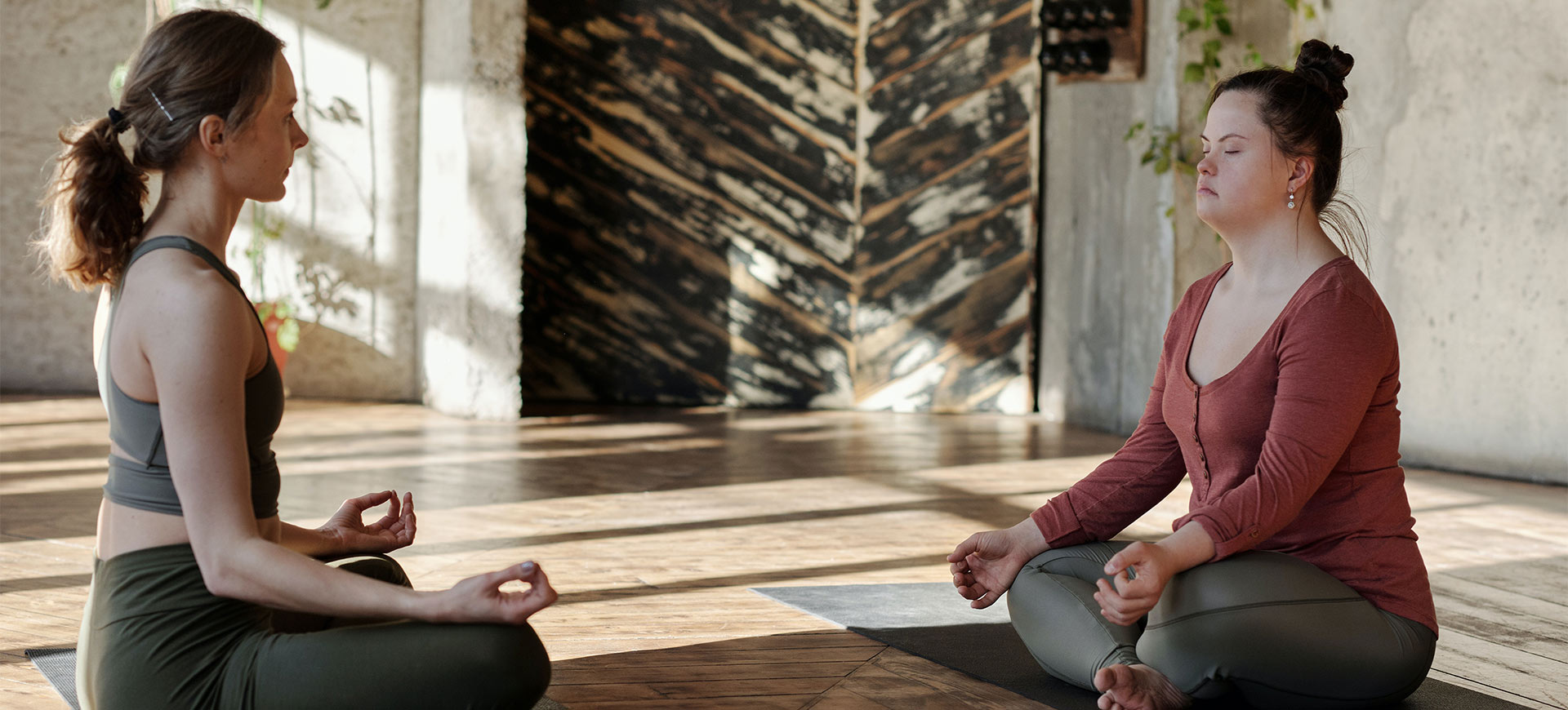
How to Make Your Yoga Classes More Inclusive
Our mat is our sacred space, where we can discover our bodies, explore our inner emotions and get in touch with our authentic selves. It is there where we gradually develop our feelings of awareness, belonging, acceptance and compassion towards ourselves and the others. It is our safe place – a safe place for every one of us to just be ourselves. Or, at least, this is what it is supposed to be. The reality, though, is a little different.
But there should be no space for discrimination in yoga. Because yoga is simply for everyone, regardless of their age, size, gender and physical condition. Yoga is inclusive.
Unfortunately, however, not everyone feels confident to enter a yoga class and start practicing yoga. The reasons might vary. Maybe it’s the language we use, or the way we approach teaching. Or maybe it’s the image of the thin, flexible, pretty, young woman in the “perfect” asana, widely presented by the media in our days that makes it hard for a lot of people to imagine themselves fitting in.
So how do we make yoga open to all? Read on while I share some do’s and don’ts that have helped me embrace inclusivity in my yoga classes.
Teach Progressively
This might sound obvious, but, as your own practice progresses, it is actually very easy to get carried away while teaching and start asking your students to get into more advanced poses. I think you will agree here. You shouldn’t take it for granted, though, that everyone can follow. Instead of teaching your students the “final stage” of an asana, start slowly and gradually build the asana from the ground up.
In my yoga classes, I like to show the simplest form of a pose first and offer a variety of options for the students that would like to see how something different feels. Let’s take side plank for example. I will invite my students to start with placing one knee on the ground, engaging their core muscles and actively pushing the ground away with their hand, so that they don’t collapse on their wrist – and I will remind them to bring their attention to their breath. Then I will invite them to maybe try and stretch their top arm towards the ceiling or extend it over their ear and see which option feels better. Then I might invite them to play a little with their balance, if they want, and try to lift their top leg.
Instead of teaching your students the “final stage” of an asana, start slowly and gradually build the asana from the ground up.
I have found that this way, students do not only get to learn the yoga basics, but are also inspired to explore the different sensations in their body and decide what is best for them. At the same time, encouraging them to approach a more challenging asana as playtime, kind of removes the pressure of getting everything “right”.
Forget About the Perfect Shape
Focus on the action instead. Your students will be of all ages, shapes and sizes. So it is perfectly normal for their practice to look totally different as well. Insisting on the perfect shape is not only unrealistic, but it can also be very frustrating for many students.
So try to normalize any different variations of a pose. After all, one can gain the benefits of a pose even when practicing the simplest variation of it. Encourage the use of props; show your students how to use them properly and let them know that props can boost everyone’s practice. Make sure you tell them that even completely opting out of a pose and taking a break anytime they want is totally fine.
Your students will be of all ages, shapes and sizes. So it is perfectly normal for their practice to look totally different as well.
For example, there is no need to ask your students to get into a “full” Paschimottanasana (seated forward bend) with their legs outstretched. Here is what I do when I’m teaching this pose. I prefer asking my students to bend their knees as much as they need, lengthen their spine while inhaling and on the exhale bring their torso on their thighs. From there, I invite them to move their hips a little backwards and straighten their legs a bit more if they feel like it, while keeping their torso in contact with their thighs. And I remind them that they are the experts of their own body, so they are the ones to decide what feels good.
Be More Mindful of the Language You Use
Using language like “If you can’t hold a full side plank, you can bring one knee on your mat” or “If you can’t get into Sirsasana (headstand), you can just come in Balasana (child’s pose) and gently roll from your forehead to the top of your head” suggests that holding a full side plank or getting into a full headstand is preferred, and that not being able to do so is a problem. This kind of talk implies a hierarchy of ability and you should definitely avoid it.
You need to make sure that the language you use does not suggest an ultimate goal of a peak pose. Say something simple, like “Try this if you want”. Avoid referring to poses as beginner, intermediate or advanced, as this can also make some of your students feel discouraged. And find a way to communicate that there is no room for pressure or competition in your yoga class.
Another thing you might also want to consider is using phrases like “just bring your right foot between your palms”, that kind of implies that everyone should be able to do so. Remember that what is easy to you might be very challenging or even impossible for others, and avoid any language that suggests that what you are doing should be a piece of cake.
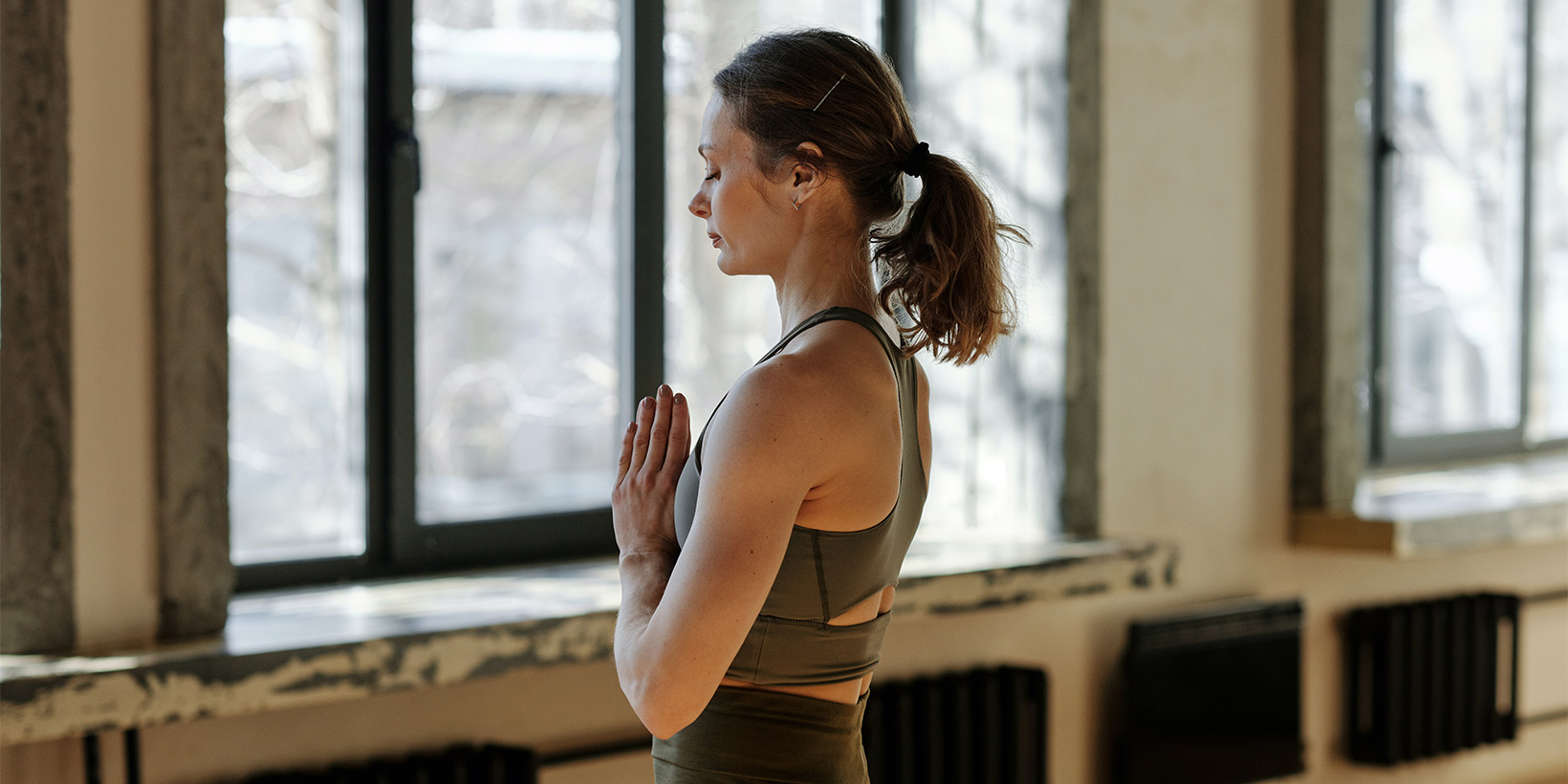
Don’t Overdo It with the Sanskrit
Most yoga teachers use Sanskrit in their classes; either because the Sanskrit name of a pose is easier to remember or because they want to look more experienced – or simply because Sanskrit is a beautiful language. For me, a little is fine, but overdoing it can make some people feel excluded.
When in class (especially in a beginners’ class), I try to avoid using too much Sanskrit words, as I have found that they can be confusing for some students. I prefer naming a pose in English first and then sometimes introducing its Sanskrit name, or not even naming it at all. And I invite you to do so as well. After all, you want everyone in your class to feel welcome, have fun and not worry too much about memorizing each Sanskrit name.
Don’t Tell Your Students What They Should Feel
One of my favorite things when teaching yoga is the part where I get to share my own experience from practicing a certain pose. And I do this quite often in class, as I have found that it can inspire a lot of people build awareness and start exploring their own body and the sensations and feelings they are experiencing. This can be a little tricky, though.
Not everybody experiences the same sensation when in a pose.
Sometimes, teachers will communicate their experience with words such as “you should be feeling a nice stretch in your right side”. But it is important to remember that not everybody experiences the same sensation when in a pose. Some students might not be enjoying that stretch or not even feeling it in the first place. And the ones who will be experiencing something different from what you are describing will probably start thinking that they are doing something wrong.
So don’t tell your students what to feel. Encourage them to explore their own bodies instead and bring their attention to whatever sensation or feeling arises.
Final Thoughts
If you are looking to embrace diversity in your yoga classes, you should aim at making each and every one of your students feel welcome. After all, yoga should be for everyone. So make your classes accessible to everyone, by teaching asana from the ground up and normalizing variations. Be comprehensible and avoid any implication of a goal pose or any language that suggests a hierarchy of ability. Encourage all your students to get to know their own bodies. And just let them be themselves!
